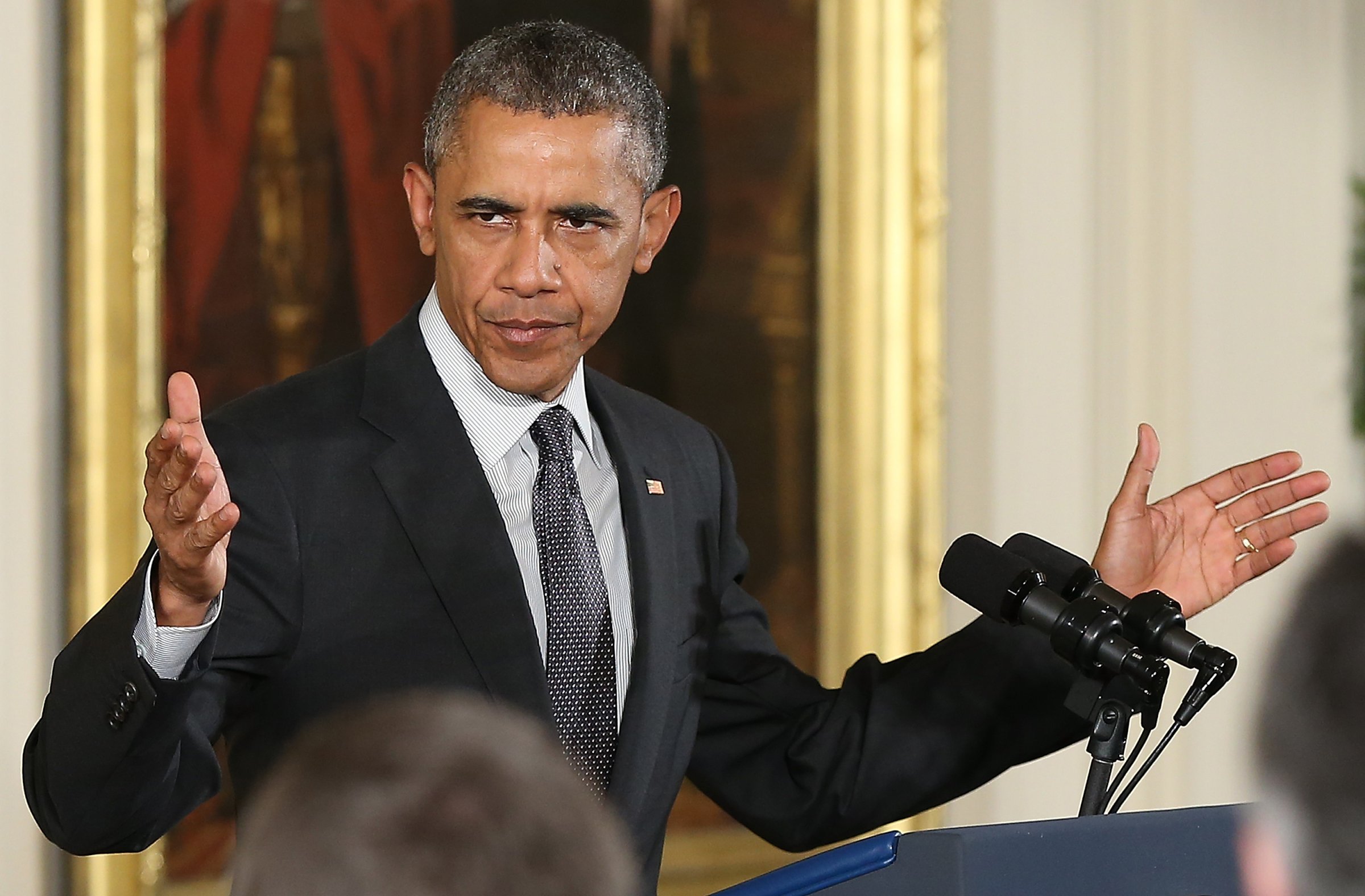
At a time when he’s supposed to be a lame duck facing a recalcitrant Congress, President Obama worked to garner Republican support for a massive new free trade agreement, the Trans-Pacific Partnership, that will have repercussions for decades.
But for now, he’d just as soon not talk about it.
That’s perhaps why he dispatched his top trade official, U.S. Trade Representative Michael Froman, to quietly sign the deal on his behalf at a little-publicized event in Auckland, New Zealand, on Thursday.
The whole ordeal will transpire almost literally under the cover of night. As a small crowd is expected to gather outside the conference center in New Zealand on Thursday afternoon, most cities in the Eastern U.S. will be getting home from work or ready for bed on Wednesday night.
Perhaps more to the point, very few political reporters in the country are paying much attention to the Trans-Pacific Partnership now. The signing ceremony is sandwiched between two of the biggest political spectacles in the early presidential race, the Iowa caucuses and the New Hampshire primary, seriously reducing the possibility of any long articles exploring the pros and cons of the controversial pact.
Read More: President Obama: The World I Want My Daughters to Grow Up In
That’s certainly convenient for President Obama, who would rather avoid the inevitable political mud-wrestling match over his trade deal, which, so far, has earned the ire of the vast majority of his Democratic base—environmentalists, labor unions, and lefty populists—as well as Hillary Clinton, Bernie Sanders, and many vocal, populist Republicans, like Donald Trump. If the White House knows it has to have that battle at some point, it would likely prefer to delay it for as long as possible.
After all, though though finishing a more than seven year-long negotiation with 11 other countries was considered the hardest part, merely signing the Trans-Pacific Partnership does not mean that the trade deal goes in effect. After Thursday’s signing ceremony, the representatives from the signatory nations will return to their home countries where they will begin the lengthy ratification process.
The next step for Obama will be to send Congress the legislative text of the agreement, which he is expected to do sometime before June. Once he does that, it starts a countdown clock: House and Senate lawmakers will have 90 legislative days—that’s days the chambers are in session—to formally vote on it.
Because Congress passed the “fast-track” bill last summer, lawmakers can’t change or amend any of the language in the version of the agreement that Obama sends to them. They must vote only to ratify it, or not, in its entirety. If Congress votes to ratify it, then Obama signs it, and it goes into effect—and becomes fully enforceable—30 days later.
When and how that process goes down depends largely on politics. Obama, who has staked a hunk of his legacy on the promise that he will make the Trans-Pacific Partnership law, may try to time it so that free trade does not become a major campaign issue.
Meanwhile, advocacy groups opposed to the deal, including Doctors Without Borders, the Sierra Club and the AFL-CIO, would like the trade deal to be headline news today. They are staging a series of protests in Washington, D.C.; New York and around the country, on the afternoon of Wednesday, Feb. 3, just hours before Obama’s emissary is expected to sign the agreement—at a hotel convention center, 18-hours ahead, on the other side of the world.
More Must-Reads from TIME
- Donald Trump Is TIME's 2024 Person of the Year
- Why We Chose Trump as Person of the Year
- Is Intermittent Fasting Good or Bad for You?
- The 100 Must-Read Books of 2024
- The 20 Best Christmas TV Episodes
- Column: If Optimism Feels Ridiculous Now, Try Hope
- The Future of Climate Action Is Trade Policy
- Merle Bombardieri Is Helping People Make the Baby Decision
Write to Haley Sweetland Edwards at haley.edwards@time.com